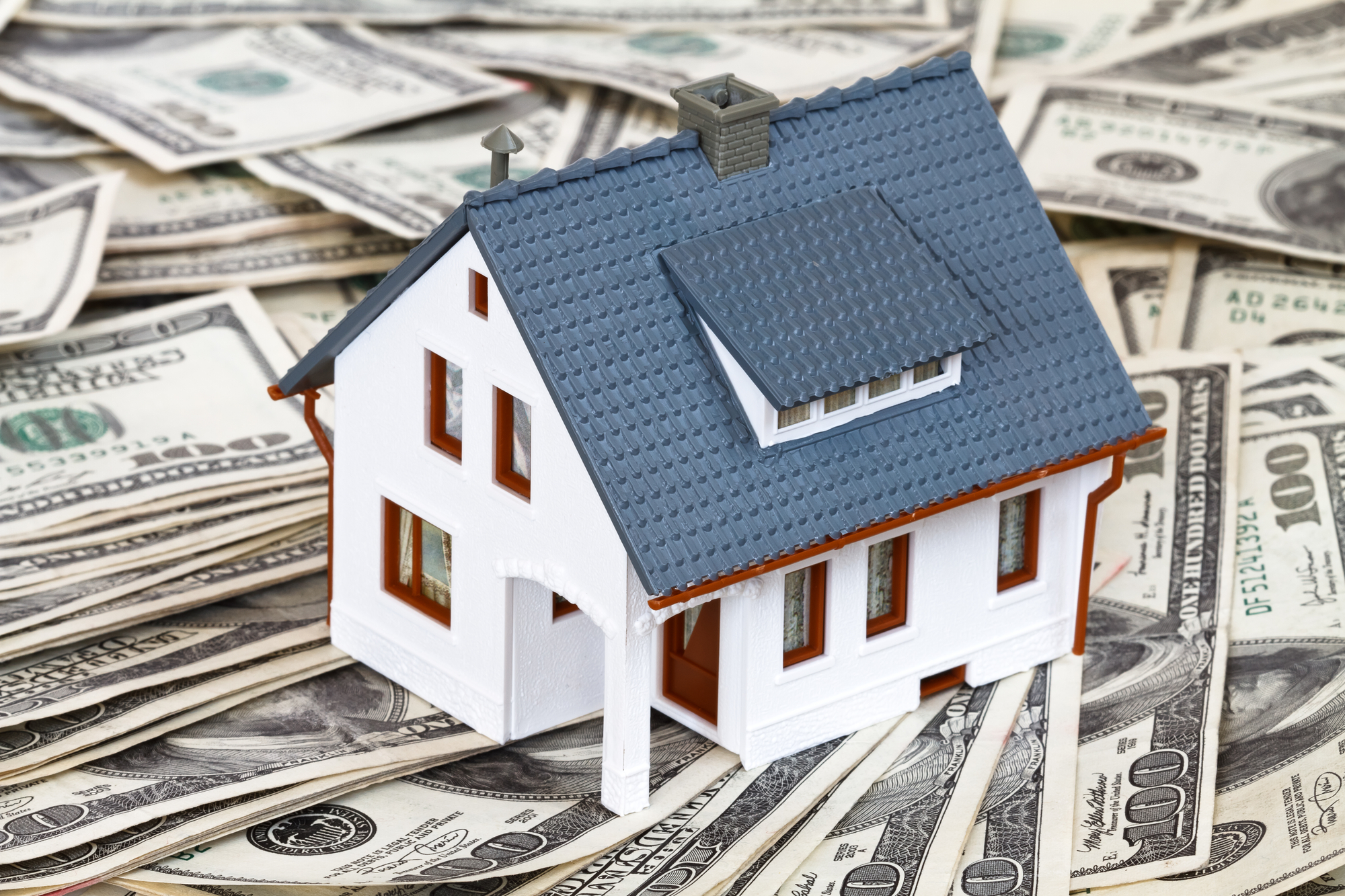With interest rates so low, many people are taking advantage of this time and buying new homes so that they can lock in a low mortgage rate for 30 years. The advantage to locking in a low interest rate when purchasing (or refinancing) is that the principal and interest is fixed. You may have seen a notice each year from your mortgage company increasing your monthly payment slightly. This is because your total mortgage payment is made up of PITI—Principal, Interest, Taxes, and Insurance. Generally, your property taxes and your home insurance costs go up a little each year. The majority of your monthly payment is tied to your principal and interest which is why it is a good idea to lock that interest rate portion in as low as you can.

Capital Gains
With the increase in housing prices this past year, many people are capitalizing on this and selling their homes. If you have a large gain on your home, it is possible that you may owe capital gains taxes. Many years ago, the rule was that if you used the sale proceeds from your primary residence to purchase another primary residence, then you did not owe any capital gains tax. The current rule with proceeds from the sale of your primary residence has limitations. First, you must have lived in the home for at least 2 out of the last 5 years. If this applies, then you can exclude $250,000 from capitals gains tax if you are filing single or $500,000 if you are married filing joint. These are large numbers but depending on how long you have lived in your home and where you are located, you may still have a taxable gain on your property. If you have ever rented your property, you have other rules with depreciation recapture to consider as well.

Cost Basis
If you think you may be above the excludable limits, then you should look at all your costs to make sure you are including everything allowable in that gain calculation. How do you do that? Start with your cost basis. Your cost basis is the purchase price of your home plus any costs associated with that purchase, such as certain closing costs—title fees, legal fees, recording fees, surveys, transfer taxes and title insurance. Then add to your cost basis any improvements you made to your home. Improvements add value to the property or adapt it to new uses. Some improvements are adding rooms, putting in a new system, adding a roof, etc. What is not included in your cost basis are repairs. Check out Publication 523 on the irs.gov site for more guidance with improvements versus repairs.
Cost Basis = Purchase Price + Purchase Fees + Improvements-Depreciation recapture
Your sales price is the selling price less fees paid to sell it (including real estate commissions and fees associated with selling).
Sales Price –Cost Basis = Gain or Loss
If have a gain in excess of the $250K/$500K limits, then you may have to pay capital gains taxes.

Reporting
Also, note that sometimes your gain or loss is reported on a 1099-S Form for tax purposes. This form, like other 1099’s, is sent to the IRS. So, if you did not report the sale along with your costs, you could receive a bill from the IRS. Do not panic, often times it is just a reporting issue. Make sure you go back to your tax return to see if you have a Form 8949. If you do not, you may have to complete that form, or it could just be a response to the IRS letter you receive.
This was a lot of information but can be an important factor in your Financial Plan. If you have any questions or need assistance with your financial life and goals, schedule an appointment with us today—this is what we do!
Financial Journey LLC is a registered investment advisor offering advisory services in the state of Virginia and in other jurisdictions where exempted. Information provided is for educational purposes only and not, in any way, to be considered investment or tax advice.





